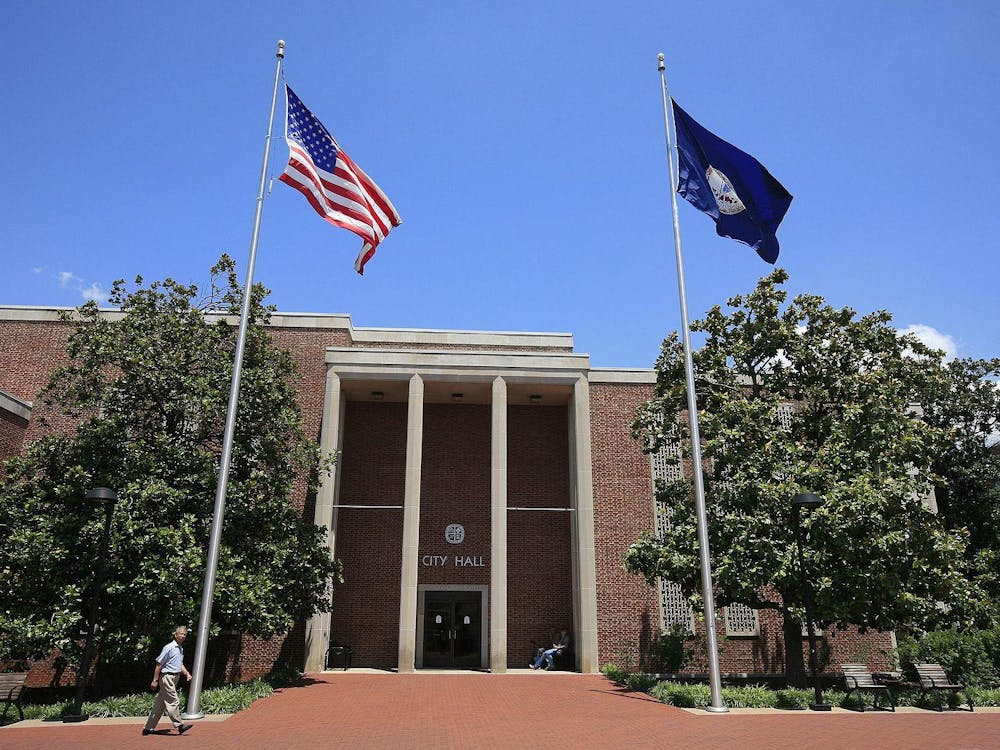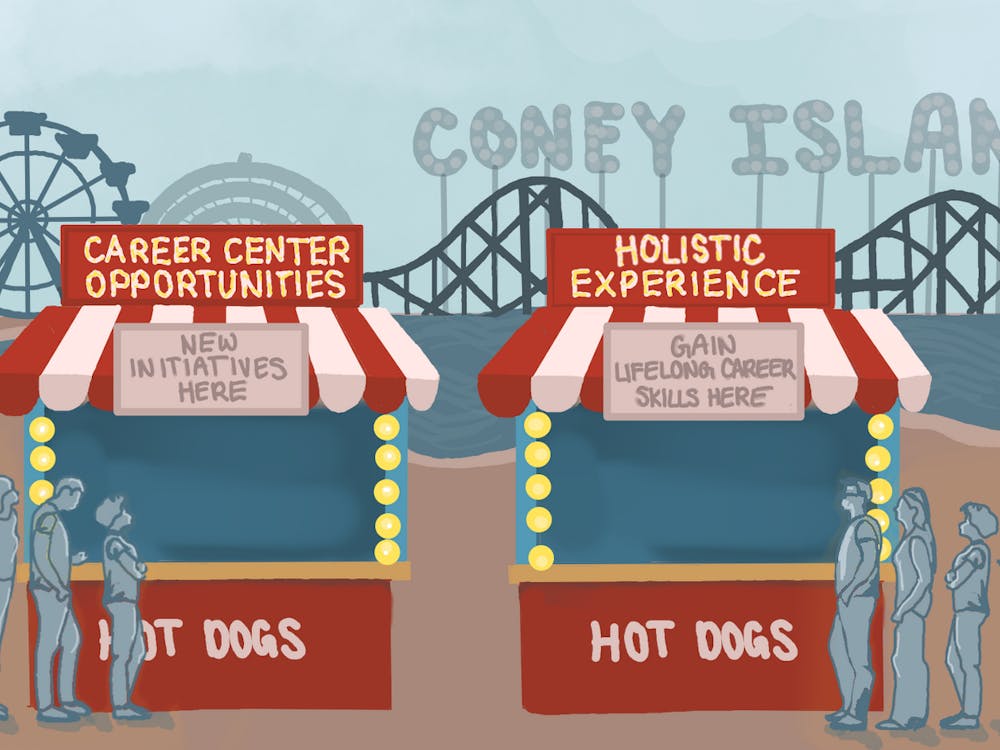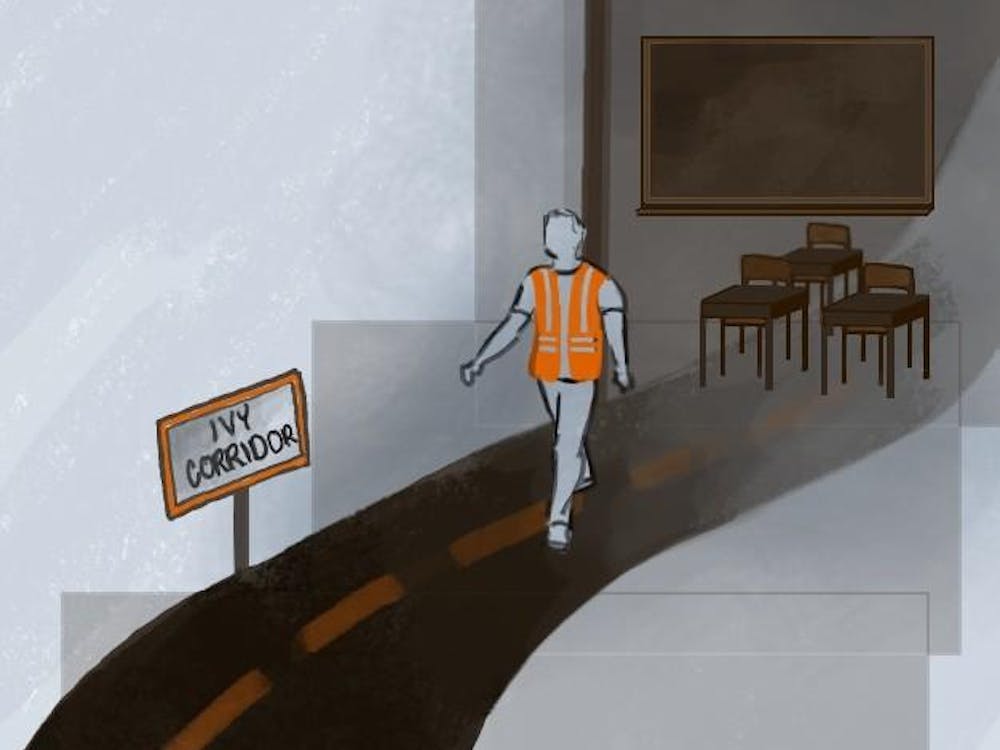For the prospective doctors who make up a significant portion of the University population, one of the most formidable obstacles on the road to medical school is the Medical College Admissions Test, or the MCAT. This grueling seven-and-a-half hour long exam, split into four sections of 95 minutes each, is one of the key factors in determining whether a student will move one step closer to being a doctor or if they will see their dreams, and future career, wither away.
The cost of medical school itself is staggering: the median cost of private medical schools was $50,309 in 2012-2013, and in 2012 medical school graduates graduated with a median $170,000 in debt. This cost often forces doctors away from primary care and towards more lucrative specialty fields. But before attending medical school, one must deal with the surprisingly high cost of taking the MCAT itself. While scholarships and government help are available for medical school itself, little to no financial assistance can be gained for test preparation. For those students already paying for college and working to do so, the time and income required to take the exam along with an expensive preparatory course may be unattainable.
The cost of taking the MCAT, beyond the time put into studying and practicing, skyrockets when the price of preparatory materials is considered. In addition to a registration fee of $305, the AAMC provides practice materials for around $200 that give students essential experience in the layout of the exam before taking it. Even more incredible is the price that private companies charge for services that range from online classes to one-on-one tutoring. For Kaplan, online classes are provided for $2,099, and private tutoring for $3,799. Similar courses for Next Step and Princeton Review cost $1,299 and $2,399 respectively.
Unfortunately, the high cost of medical school and the unexpected costs that go into preparing for it may be responsible for the shortage of minority doctors in the workforce. The high costs of preparation can manifest themselves in racial and ethnic differences in MCAT scores, which ultimately bear partial responsible for the underrepresentation of minority physicians in the healthcare workforce. Inequality in standardized testing is nothing new; for years, the SAT has faced accusations of being racially and socioeconomically biased.
The racial makeup of the doctor population may seem to be a secondary concern when compared to the quality of care they provide. But the diversity of the medical profession goes beyond idealism and has a sizable impact on the quality of care itself. Part of the reason this is so important is the considerations of the doctor-patient relationship. The effects of this relationship may not be as clear as those of surgical and chemical treatments, but they have a huge effect on the efficacy of care a patient receives. The personal experiences and biases of doctors are inextricably entwined with doctor-patient communication and with the quality of care they provide for their patients. In fact, recent research from the University has revealed African-Americans are often undertreated for pain due to bias on the part of the physician.
Beyond the issue of quality of care by race and socioeconomic divide, a bias against those of lower economic status also affects social mobility, since as a profession doctors represent some of the most well-paid professionals, a fact that is no doubt used to justify the cost of preparation. The numerous financial barriers to entry in this respected field, and the fact that applicants must already possess considerable resources if they are to continue on this path, propagates further inequality through different generations.
The AAMC is not ignorant of the need to clear the playing field, having made strides toward making the MCAT more accessible by partnering with Khan Academy, which now provides free online videos and practice questions for the MCAT exam. However, there is still much that can be done to ensure that individuals entering medical schools are truly those who are most capable of caring for their patients. Though the University already has a pre-health advising center, more aggressive advertising in addition to a central location would ensure that it is fully utilized. Beyond this, pre-health advising can adopt an increasingly personalized and in-depth approach, guiding students towards inexpensive resources and classes that cover material emphasized on the MCAT. Universities can and should go further in providing advice and resources to their students who are interested in the medical field, to ensure that the true test is of their abilities, not their privilege.
Alex Mink is an Opinion columnist for The Cavalieri Daily. He can be reached at a.mink@cavalierdaily.com.






